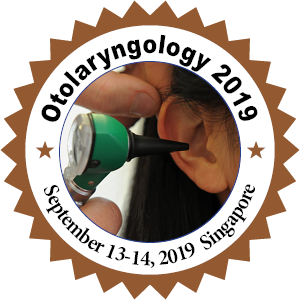
Biography
Biography: Kengo Torii
Abstract
Since Dr. Myrhaug described the relationship between ear symptoms and bite anomalies, we have reported some cases of aural symptoms related to dental occlusion. He didn’t describe the detail about the bite anomalies, because he wasn’t a dental practitioner, but medical. First of all, we reported tinnitus related to occlusal discrepancy. The occlusal discrepancy means that habitual occlusal position isn’t coincident with muscular position. The Habitual Occlusal Position (HOP) is obtained by voluntary jaw closing while in an upright position. The Muscular Position (MP) is obtained during voluntary jaw closing, while in an upright position and after wearing an anterior bite plate for a short period of time. These reported tinnitus cases were all unilateral symptoms. This means that unilateral deviation of the mandible might cause the tension of the masticatory muscles and the tension in turn might cause tinnitus with the spasmodic synkinesis of the tensor tympani and the stapedius. Secondly, we reported two vertigo cases diagnosed as having Ménière’s disease. In these cases, a semi rotatory shift from the muscular position to the habitual position was found which is frequent, short and cyclically repeated in mastication, would be recognized as the rotatory movement and would cause nystagmus, thereby giving the patient had an illusion of rotation and resulting in vertigo. Finally, we reported a case of sudden deafness. In this case, the strong tension of masticatory muscles induced with the occlusal discrepancy between the habitual occlusal position and the muscular position might cause the tensor tympani and the stapedius tension which might restrict the movement of auditory ossicles, causing low-frequency hearing loss. Moreover, the tensor tympani tension might cause the contraction of the semicanalis musculi tensoris tympani that resulted in ear fullness.
Dr. Myrhaug described that the issue is an oto-dental syndrome which demands close co-operation between medical and dental practitioners.
We explain how to make the occlusal discrepancy between HOP and MP consistent, which is “Occlusal Position Correcting Therapy”.

